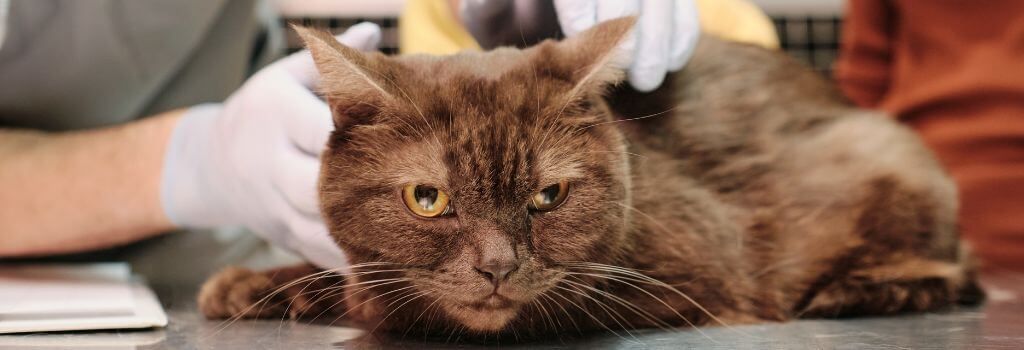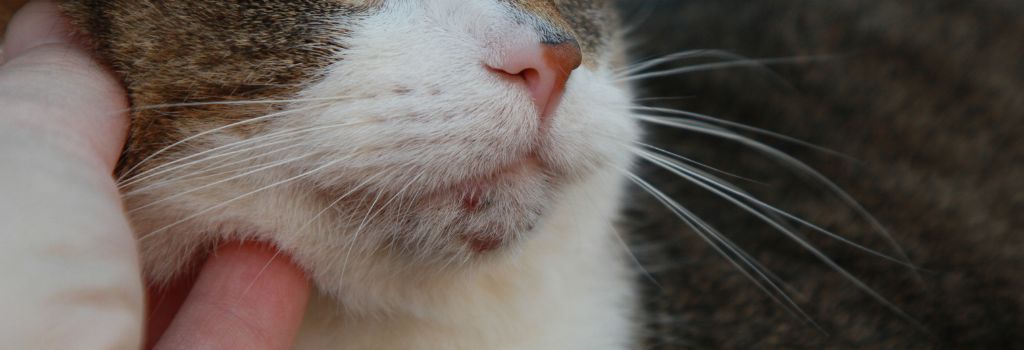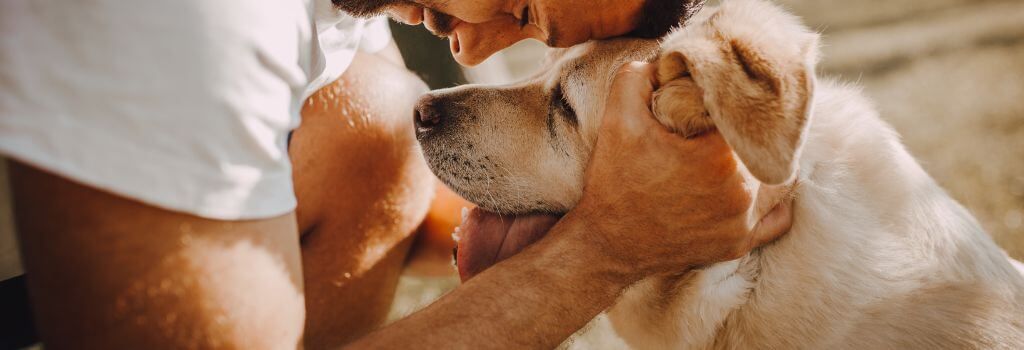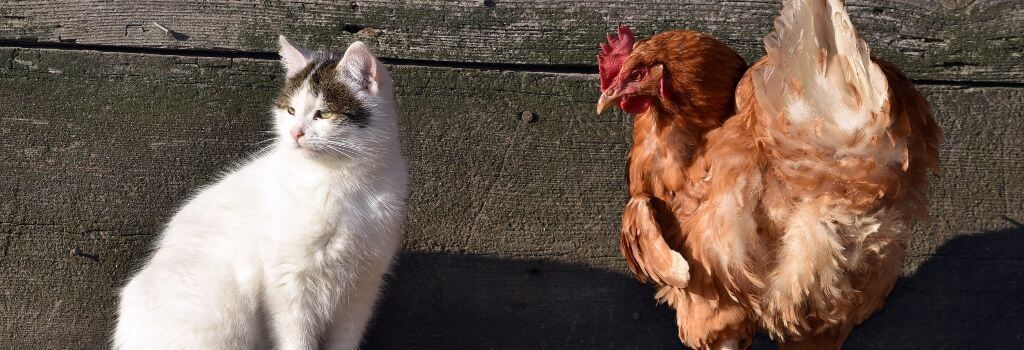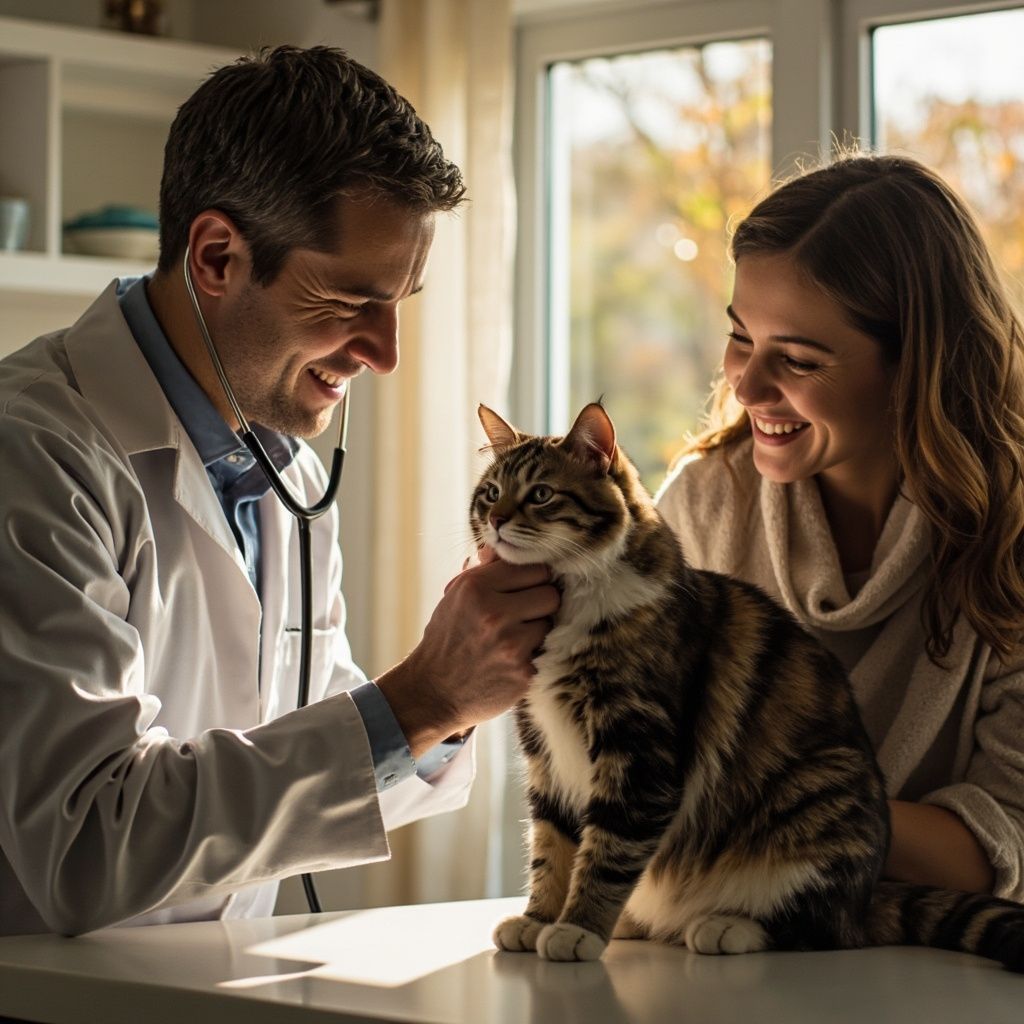20 Cat Facts That'll Blow Your Kitty-Crazed Mind
Cats have been entrancing humans for thousands of years. From the tufts of their ears to the swish of their tails, it’s hard for us humans to ignore the mystery and beauty of cats. It's no wonder that so many of us fall victim to the time suck that is cat videos! If you’re looking for some amazing cat tidbits to share with your fellow feline fanatics, we've got you covered. Here are 20 facts about cat behavior , anatomy, history, and much more that you might not have known.

1. As kittens, they have 26 deciduous, or “baby”, teeth. As adult cats, they have 30 permanent teeth. Don’t forget to take care of those pearly whites with regular dental cleanings.
2. House cats share 95.6% of their genetic makeup with tigers. You read that right, TIGERS. They also share some of the same behavior habits such as scent and urine marking, prey stalking, and pouncing.
3. Cats can jump as high as five times their own height. Now that’s impressive!

4. A housecat can run to the speed of about 30 mph over short distances. This means that a cat can outrun legendary runner Usain Bolt in a 200-meter dash!
5. Ever wondered why your feline friend would often put their rear end by your face? This is actually a sign of trust and your cat signaling that they feel safe and secure around you.
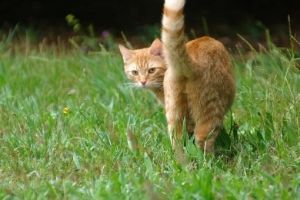
6. Cats can have a dominant front paw. Studies have shown that male cats tend to favor their left paw while female cats may have a dominant right paw.
7. Most cats have 18 toes—5 on their front paws, and 4 on their back paws. However, some cats can be born with extra toes, a condition called polydactylism.
8. The oldest cat to ever live was a cat named "Creme Puff", who lived to be 38 years and 3 days old. Creme Puff lived from August 3, 1967, to August 2005 with her owner in Austin, Texas.
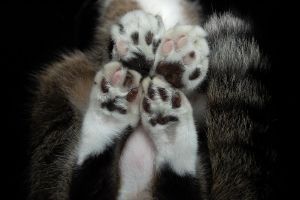
9. Cats have a whopping 32 muscles in each of their ears, allowing them to swivel their ears to home in on the exact source of the noise. Additionally, cats can rotate their ears to 180 degrees!
10. Cats are nearsighted, but their peripheral vision and night vision are far superior compared to humans.
11. The whiskers on a cat aren’t just cute—they serve a very important function in assisting cats with getting around, especially at night. Cat whiskers are embedded deep in their body and are connected to the cat’s sensitive muscular and nervous systems, acting as touch receptors (or a “kitty radar”). Whiskers allow a cat to detect and respond to changes in their surroundings.

12. Additionally, not only do cats have whiskers on their face, but they also have a set of whiskers on the back of their front legs.
13. The wealthiest cat in the world , Blackie, had a fortune of £7 million, or $12.5 million in US dollars. When Blackie’s millionaire owner passed away, the owner refused to acknowledge any human family members in his will and instead gifted his massive fortune to his last surviving cat. Now that is one fortunate feline!

14. The oldest known pet cat existed around 9,500 years ago. In 2004, a French archeologist found a grave of a cat in Cyprus dating back to 9,500 years ago, meaning that humans have had cats as pets since then!
15. A female cat can become pregnant as young as 4 - 6 months of age. Spaying and neutering your cat around this age is the best way to prevent any unexpected litters and help reduce cat
overpopulation.
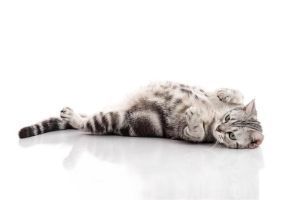
16. Abraham Lincoln, the 16th President of the United States, absolutely loved cats and would play with them for hours. Lincoln owned several cats during his time in the White House.
17. Although a group of kittens is more commonly called a litter, they can also be known as a “kindle” of kittens.
18. Cats usually sleep around an average of 15 hours PER day. This means that a cat spends roughly 70% of their lives sleeping. It must be nice to be a cat!
19. Disneyland Resort in Anaheim, CA may be known as the “Happiest Place on Earth” but it’s also home to a squad of feral cats that freely roam around the theme park. Feral cats have been living at the Disneyland Resort for decades and are actually used to (ironically) help control the rodent population within the park. Mickey Mouse had better watch out!
20. In Ancient Egypt, members of a family would shave their eyebrows in mourning if their cat died. Cats were also sometimes mummified and placed in tombs with their owners.

Need to schedule your pet's next appointment? Contact us here.
Recent Posts

